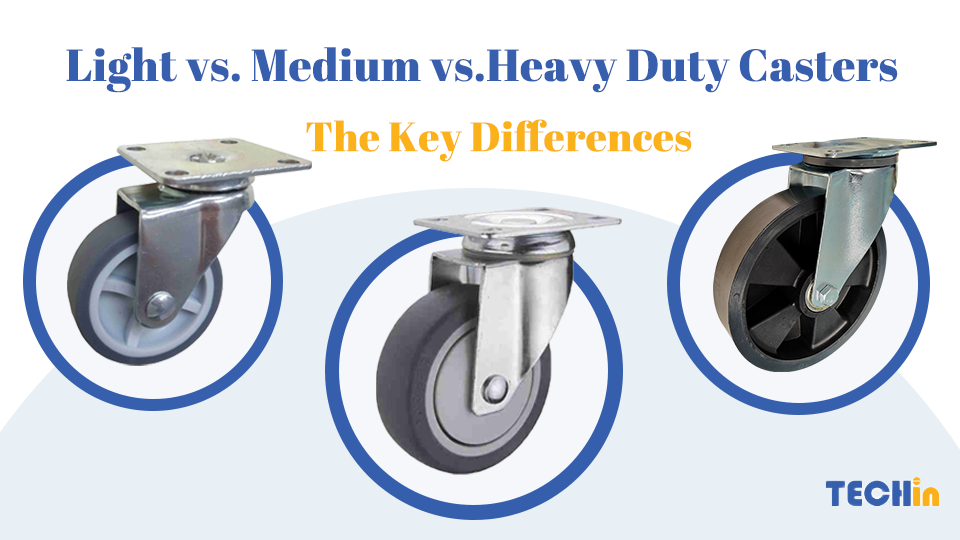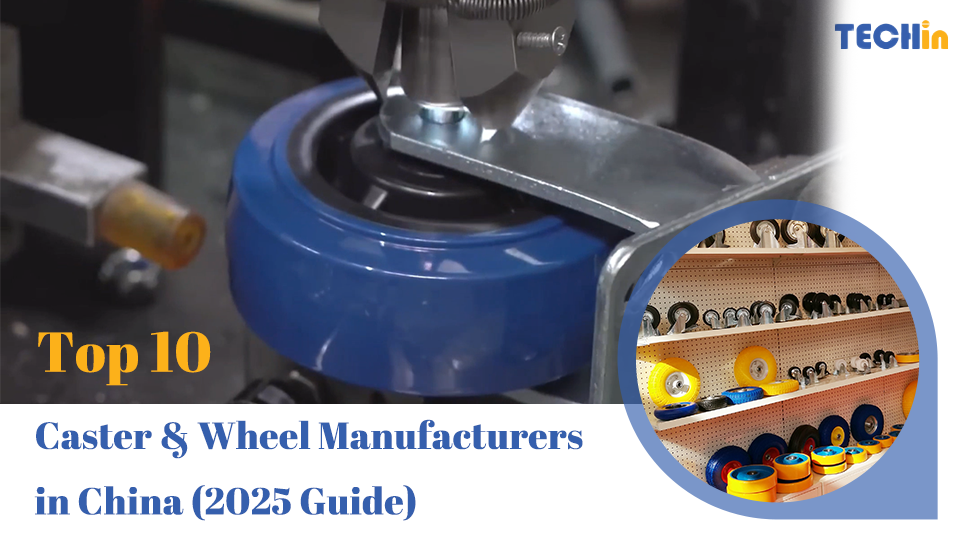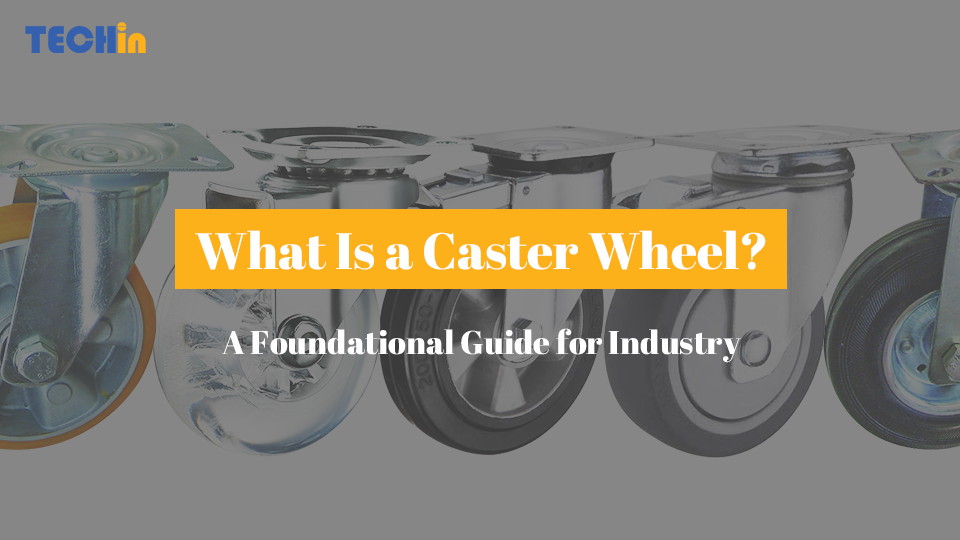Introduction
Unwanted noise is a common challenge in any professional setting, from offices to hospitals. The source of these disruptions often comes down to something easily overlooked: the wrong caster wheels. By choosing silent casters, you can make a simple yet powerful upgrade to reduce noise, improve comfort, and boost workplace efficiency.
The key to a silent caster isn’t a single component, but a combination of six essential features working together. These include vibration-absorbing materials, larger wheel diameters for smoother rolling, precision ball bearings to eliminate friction, quiet braking systems, sealed housings to prevent rattling, and shock-absorbing designs. When these elements are present, the result is a quieter, safer, and more productive environment.
Let’s explore each of these six key tips in more detail to help you understand what to look for in a high-quality silent caster.
What Is the Quietest Material for Casters?
The foundation of a quiet caster begins with its wheel material. The right choice absorbs sound and vibration at the source. Here are the best options:
- Soft polyurethane: Excellent for absorbing vibration and rolling smoothly over various floor types.
- Thermoplastic rubber (TPR): Offers a great balance of softness and durability, making it ideal for hospitals and offices.
- Hard rubber: A more durable option than TPR that still provides a significant reduction in noise.
⚠️ A quick note on material hardness: While it might be tempting to choose the softest material possible (below 60A hardness), these can wear out quickly, develop flat spots under load, and ultimately increase rolling resistance. It’s about finding the right balance.
How Does Wheel Diameter Influence Noise Levels?
Wheel diameter plays a surprisingly significant role in noise reduction. For most professional applications, we recommend casters of at least 2 inches in diameter.
The reason is simple: smaller wheels are more likely to chatter or get caught on small cracks and debris, creating noise. Larger wheels, however, roll more smoothly over imperfections and require less effort to push. This reduces both vibration and the physical strain on users.
Why Are Precision Bearings Important for Quiet Casters?
Inside every caster, the bearing system is critical for smooth, quiet motion. For silent operation, precision ball bearings are the gold standard.
They are engineered to minimize friction, ensuring fluid movement and preventing the squeaking or grinding common in lower-quality bearings. In professional settings, sealed precision bearings are particularly valuable because they keep out dust and debris, ensuring consistent performance with less need for maintenance. [Source placeholder]
What Role Does the Braking System Play in Noise Reduction?
While a brake’s primary function is safety, its design also impacts workplace acoustics. A silent braking system is engineered to engage smoothly and hold securely without loud clunks or grinding noises.
For example, pedal brakes that use rubber contact pads can lock wheels quietly and effectively. This feature is especially valuable in environments like hospitals, libraries, and offices where noise control is a priority.
How Caster Housing Affects Durability and Silence
The caster housing—the frame that holds the wheel—is another crucial element for both silence and durability. A sealed housing is highly recommended, as it protects the internal bearings from dust and contaminants that can degrade performance over time.
Furthermore, features like anti-scratch housings protect both your equipment and your floors. By minimizing rattles and friction, a well-constructed housing contributes significantly to a quieter environment and the caster’s overall longevity.
The Value of Shock Absorbing Design in Casters
Sudden impacts from bumps or uneven floors are a major source of noise. This is where shock absorbing casters prove their value.
Built with integrated spring mechanisms or flexible cores, these casters cushion impacts and dampen vibrations. This capability is especially useful in dynamic environments like hospitals, warehouses, or workshops where equipment is moved frequently. The result is less noise and smoother, safer mobility. [Source placeholder]
How to Make Caster Wheels Quiet?
If your current casters are noisy, there are a few steps you can take before considering a full replacement:
- Switch to wheels made from soft polyurethane or TPR.
- Upgrade the bearings to precision ball bearings for smoother rolling.
- Ensure casters are clean and tighten any loose housings.
- For heavy carts, consider adding shock-absorbing mounts.
However, for a reliable, long-term solution, upgrading to purpose-built silent caster wheels is typically the most effective approach.
Summary
Ultimately, silent casters are more than just a component; they are an investment in a better work environment. By focusing on this 6 key tips—materials, wheel diameter, bearings, braking system, housing, and shock absorption—you can create a workplace that is quieter, safer, and more productive. From office chairs to industrial carts, choosing the right casters can make a significant difference.









